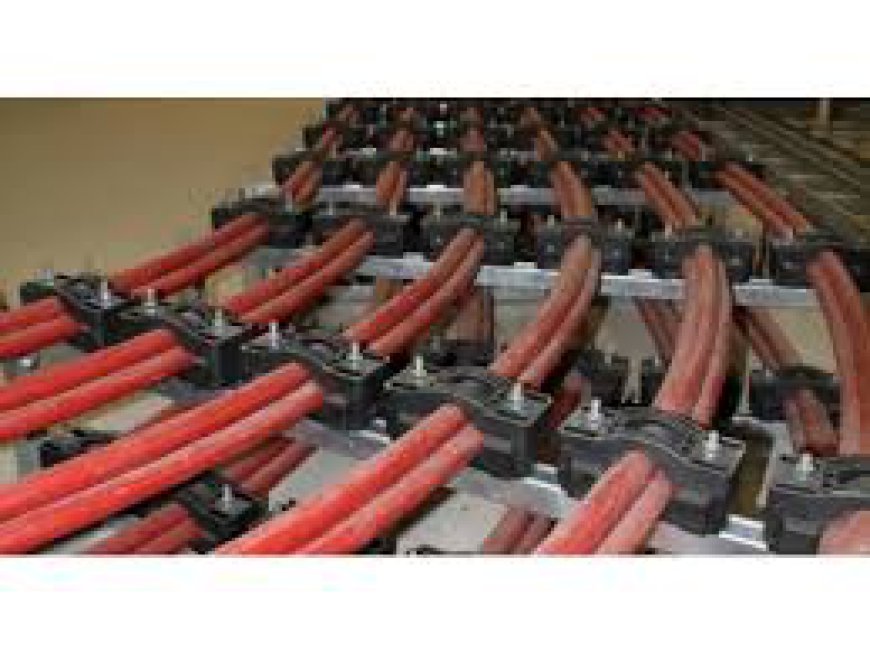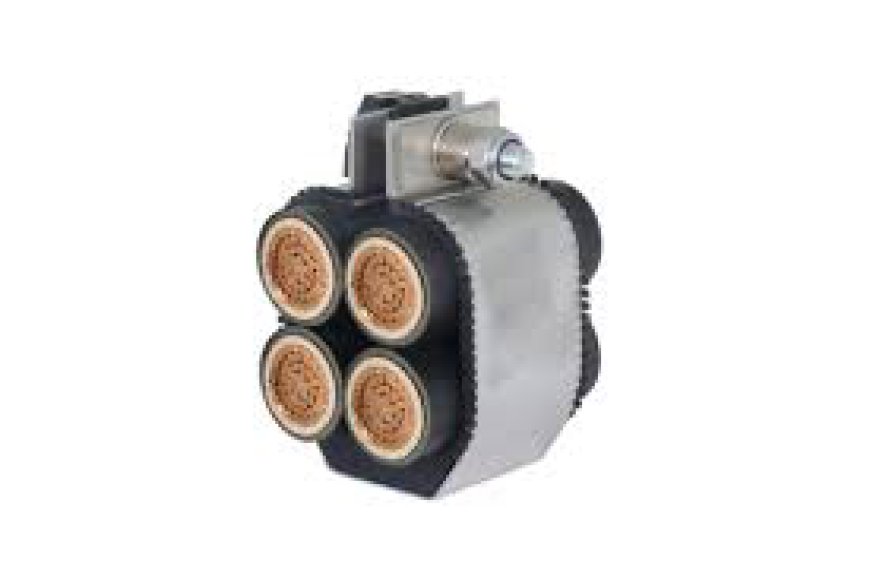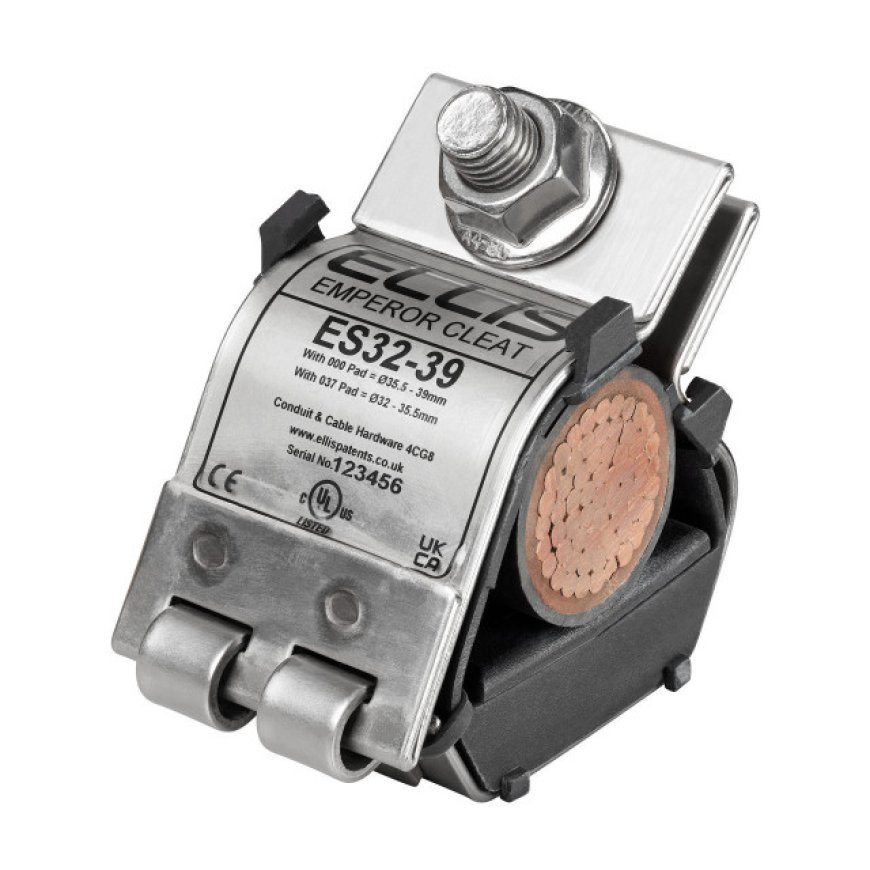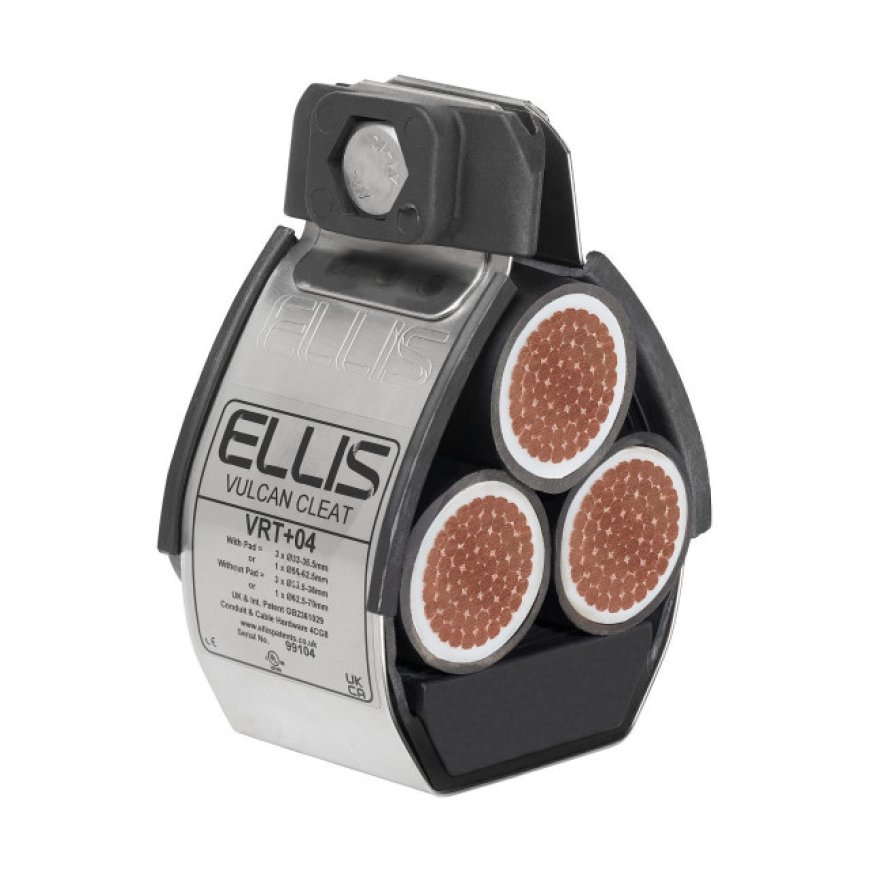Choosing the Best Fire-Resistant Cable Cleats for High-Risk Environments
Discover how to choose the best fire-resistant cable cleats for high-risk environments. Learn about different types, key factors, installation tips, and the importance of working with reputable industrial-grade and high voltage cable cleats manufacturers to ensure safety and performance.
When it comes to managing cables in high-risk environments, safety should be your top priority. Whether you’re working in an industrial setting, a power plant, or any other place where fire hazards are a concern, choosing the right cable cleats is crucial. In this beginner's guide, we'll walk you through everything you need to know about selecting the best fire-resistant cable cleats for your needs. We'll cover what cable cleats are, why fire resistance matters, key factors to consider, and more. So let’s get started!
What Are Cable Cleats?
Before diving into the specifics of fire-resistant options, it’s important to understand what cable cleats are. Cable cleats are devices used to secure cables in place, preventing them from moving, bending, or causing electrical faults. They are especially crucial in high-voltage applications where cables need to remain stationary under various stress conditions, such as short circuits, environmental vibrations, or mechanical impacts.
In high-risk environments, like those with high voltage or extreme temperatures, choosing industrial-grade cable cleats can make a significant difference in safety and performance. These cleats are designed to handle the rigorous demands of industrial applications, ensuring that cables stay secure even under the most challenging conditions.
Why Fire Resistance Matters
Fire resistance is a critical feature when selecting cable cleats for high-risk environments. In the event of a fire, cables can be a major source of fuel, spreading flames rapidly and releasing toxic fumes. Fire-resistant cable cleats are designed to withstand high temperatures and prevent the propagation of fire along the cable route.
By choosing fire-resistant cleats, you’re not just protecting the cables but also the entire infrastructure and, most importantly, the people who work in these environments. In many industrial settings, compliance with fire safety standards is not just a recommendation but a requirement. Ensuring your cable management system meets these standards can prevent costly fines, equipment damage, and even save lives.
Key Factors to Consider When Choosing Cable Cleats
When it comes to selecting the best cable cleats for high-risk environments, there are several factors to consider. Let’s break them down:
a. Material
The material of the cable cleat is one of the most important factors. Fire-resistant cable cleats are often made from materials like stainless steel, aluminum, or specially designed polymers. Stainless steel is particularly popular for its excellent strength and resistance to corrosion, making it suitable for harsh environments. Aluminum, on the other hand, offers a lightweight yet strong alternative, and certain polymers are engineered to resist fire and high temperatures effectively.
b. Size and Fit
Cable cleats come in various sizes to accommodate different cable diameters. It’s essential to choose cleats that fit snugly around the cables without compressing them excessively. A proper fit ensures that the cleats can perform their function without causing damage to the cables. Always refer to the manufacturer's specifications to match the cleat size with the cable diameter.
c. Mechanical Strength
Mechanical strength is another crucial factor, especially in high-voltage applications where the forces generated by short circuits can be extreme. Industrial-grade cable cleats are tested to withstand these forces, ensuring that cables remain secure during electrical faults. Look for cleats with high short-circuit ratings to match the potential forces in your installation.
d. Temperature Ratings
Different cable cleats are rated for various temperature ranges. For high-risk environments where fire hazards are a concern, ensure that the cable cleats can withstand extreme heat. This feature is particularly important in industrial settings where cables may be exposed to high temperatures due to equipment operation or environmental conditions.
e. Compliance with Standards
Make sure the cable cleats you choose comply with relevant safety and industry standards, such as IEC 61914, which specifies requirements for the testing and performance of cable cleats. Compliance with these standards ensures that the cleats have been tested for fire resistance, mechanical strength, and other critical factors.
Types of Fire-Resistant Cable Cleats
There are several types of fire-resistant cable cleats available, each designed to meet specific needs. Here’s a quick overview of some common types:
a. Single-Bolt Cleats
Single-bolt cleats are a popular choice for securing individual cables. They are easy to install and provide a secure hold, making them suitable for various applications, including those involving high voltages. Many single-bolt cleats are made from fire-resistant materials, offering a good balance of convenience and safety.
b. Multicable Cleats
As the name suggests, multicable cleats are designed to secure multiple cables together. This type of cleat is ideal for installations where cables run in parallel, such as in power distribution systems. Multicable cleats often come with additional fire-resistant features to handle the increased risk associated with multiple cables.
c. Trefoil Cleats
Trefoil cleats are specifically designed for securing three-phase cables arranged in a trefoil formation. This formation minimizes electromagnetic interference and allows for efficient space usage. Trefoil cleats are highly effective in high-voltage applications and are available in fire-resistant materials to ensure safety in high-risk environments.
Installation Tips for Fire-Resistant Cable Cleats
Proper installation of cable cleats is just as important as choosing the right product. Here are some tips to help you get it right:
a. Follow Manufacturer Guidelines
Always follow the manufacturer’s installation guidelines to ensure that the cleats perform as expected. Incorrect installation can compromise the effectiveness of even the best fire-resistant cable cleats.
b. Use the Right Tools
Using the correct tools is crucial for proper installation. This ensures that the cleats are tightened to the recommended torque, preventing them from being too loose or too tight, which could damage the cables or reduce the cleat’s effectiveness.
c. Regular Inspections
After installation, regular inspections are essential to ensure that the cleats remain in good condition and continue to provide the necessary fire resistance and mechanical support. Look out for signs of wear, corrosion, or damage, and replace cleats as needed to maintain safety standards.
6. Common Mistakes to Avoid
Choosing and installing cable cleats may seem straightforward, but there are some common mistakes that can undermine their effectiveness. Here are a few to avoid:
a. Ignoring Fire Resistance Ratings
Not all cable cleats are created equal when it comes to fire resistance. Make sure the cleats you choose are explicitly rated for fire resistance, especially in high-risk environments.
b. Skipping Size Checks
Using cable cleats that are too large or too small for your cables can lead to poor performance and increased risk. Always check the size and fit before installation.
c. Neglecting Environmental Considerations
High-risk environments often come with other challenges, such as exposure to chemicals, UV radiation, or moisture. Choose cable cleats that are not only fire-resistant but also suitable for the specific environmental conditions of your installation.
Conclusion
Selecting the right fire-resistant cable cleats for high-risk environments is essential for ensuring safety and maintaining the integrity of your cable management system. By considering factors like material, size, mechanical strength, and compliance with standards, you can choose cleats that meet your specific needs. Remember to follow installation best practices and conduct regular inspections to keep your cable cleats in top condition. With the right choices and proper maintenance, your fire-resistant cable cleats will provide reliable protection in even the most demanding settings.
Choosing the best cable cleats might seem overwhelming at first, but by following this guide, you’ll be well on your way to making informed decisions that enhance safety and performance in high-risk environments. Happy cleat hunting!




